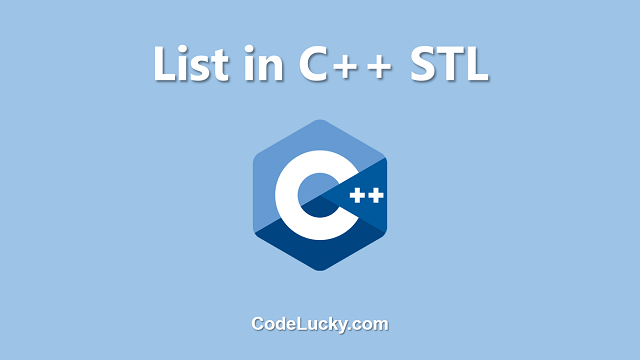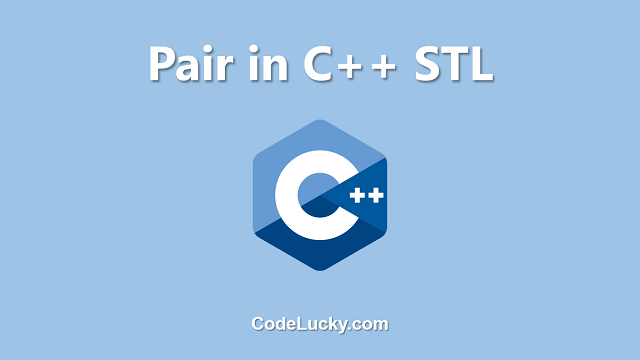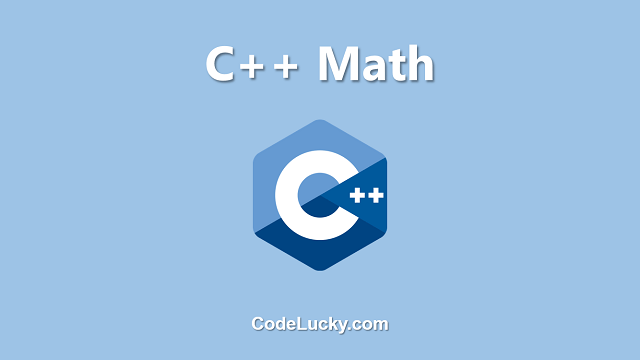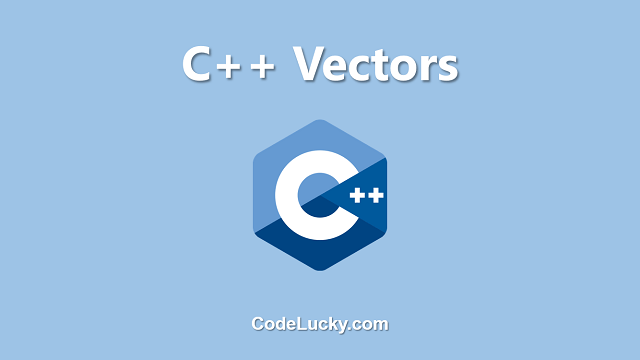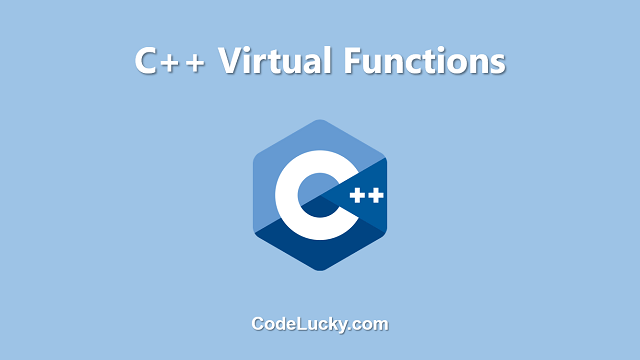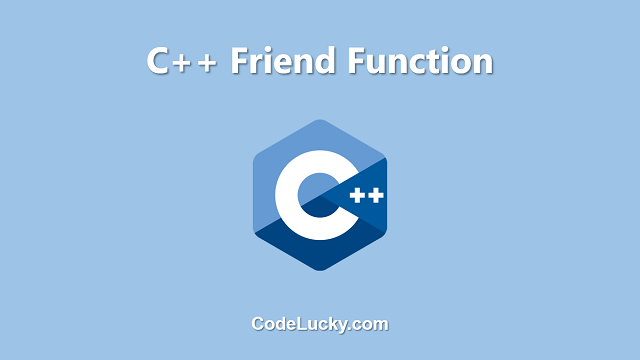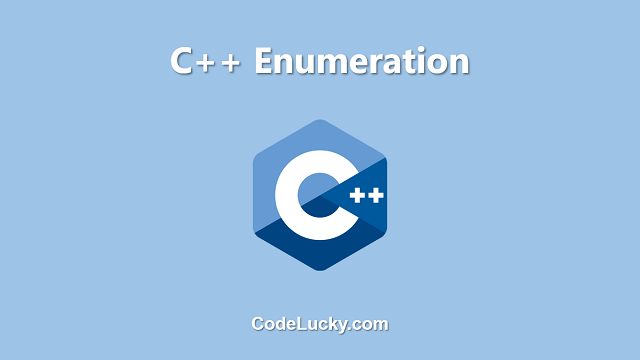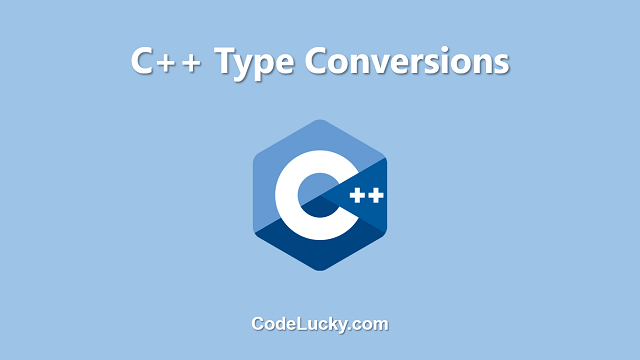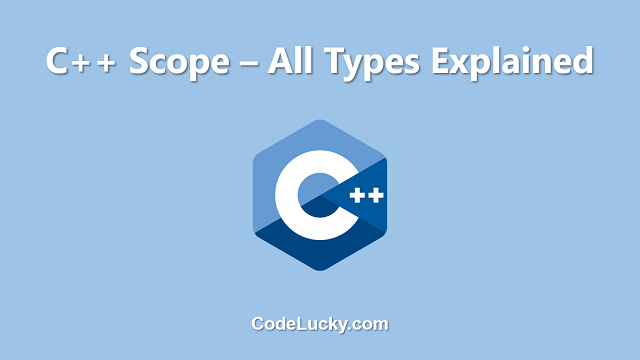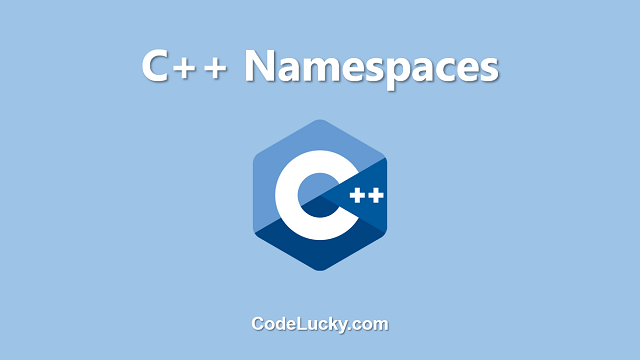The Standard Template Library (STL) in C++ provides several containers to store and manage data. One of the most commonly used containers is the list. A list is a linear collection of elements that can grow or shrink dynamically, and elements can be inserted or removed from the list in constant time. In this article, […]
Software/App Development
Infrastructure Services
Support and Maintenance

